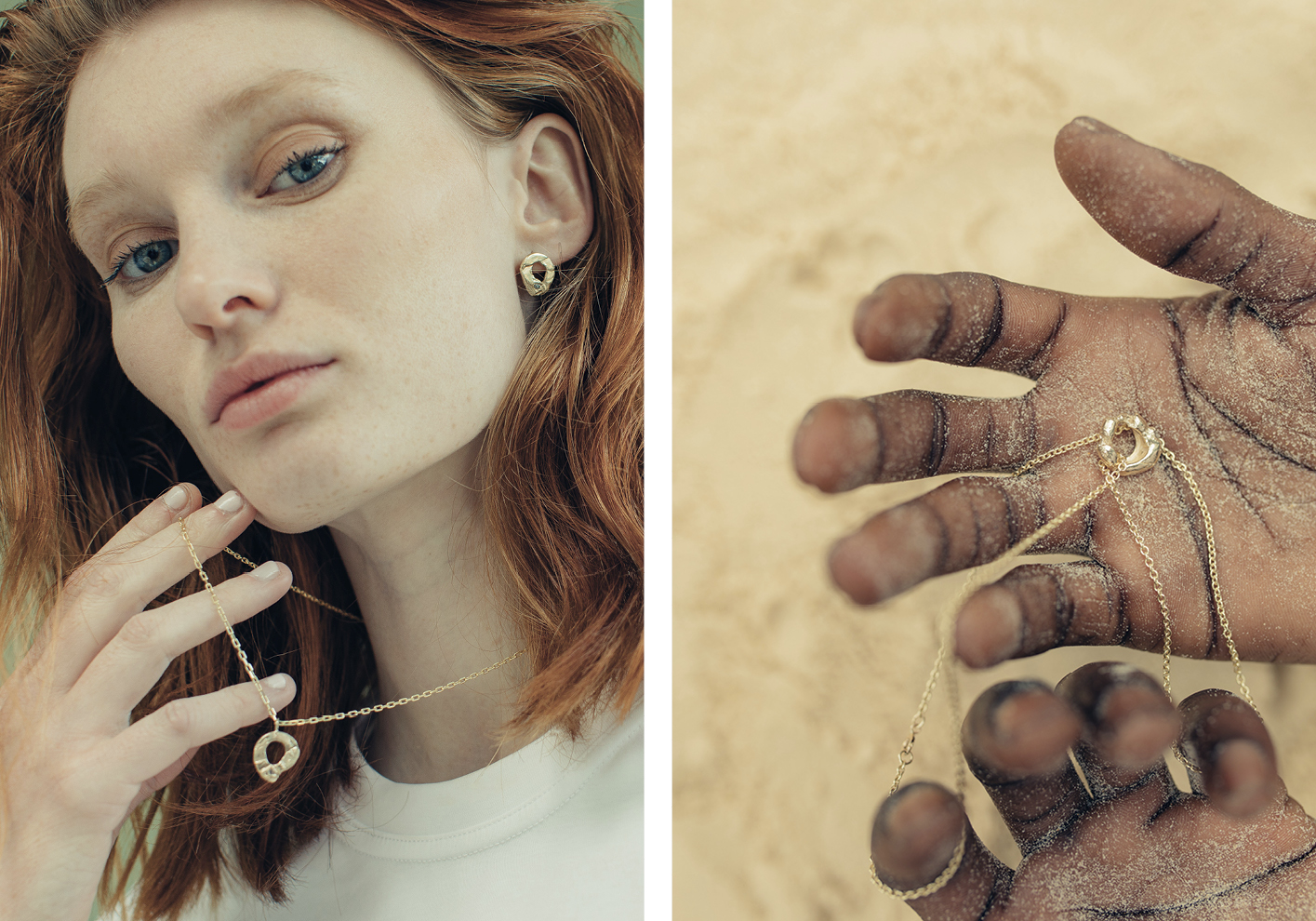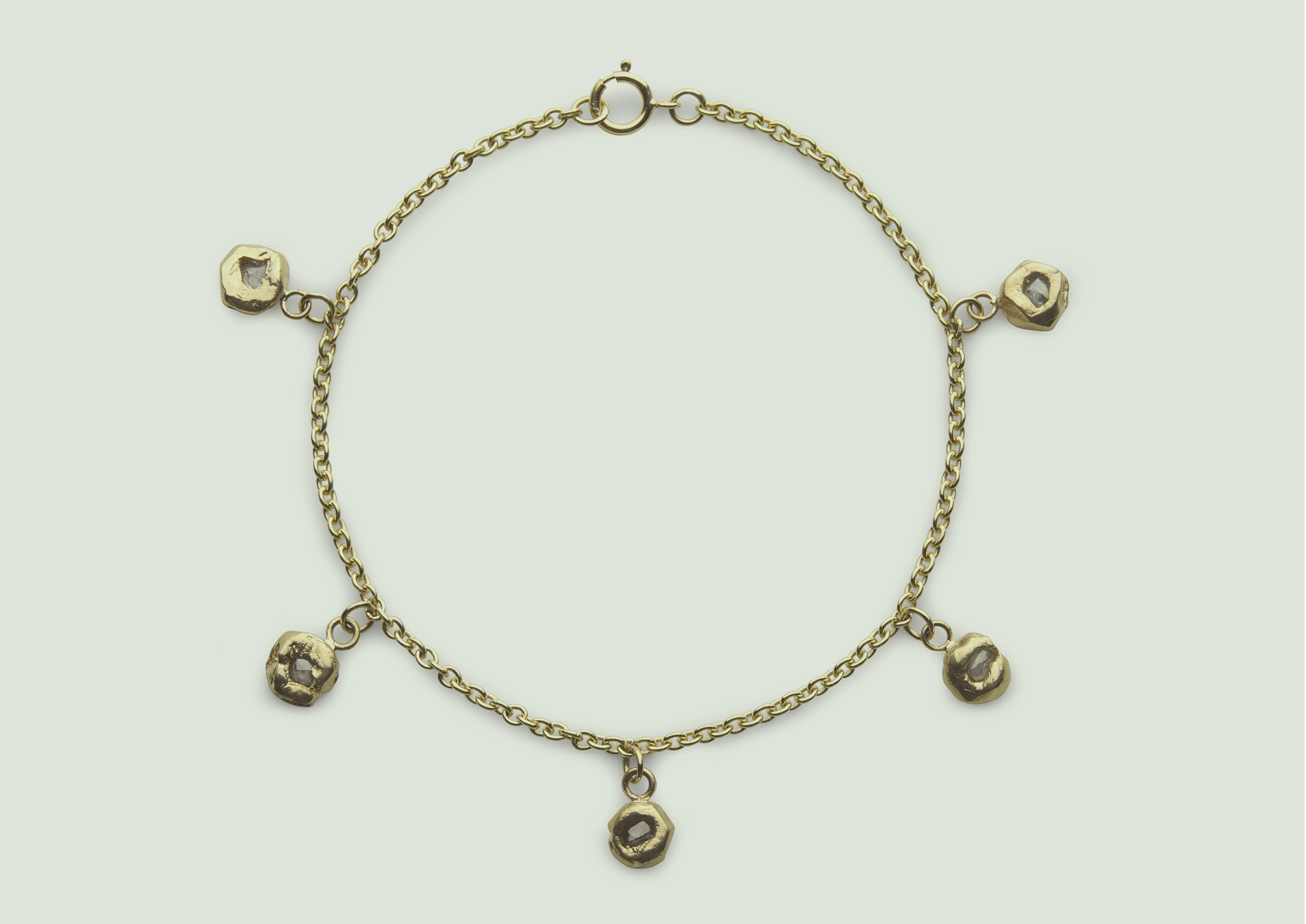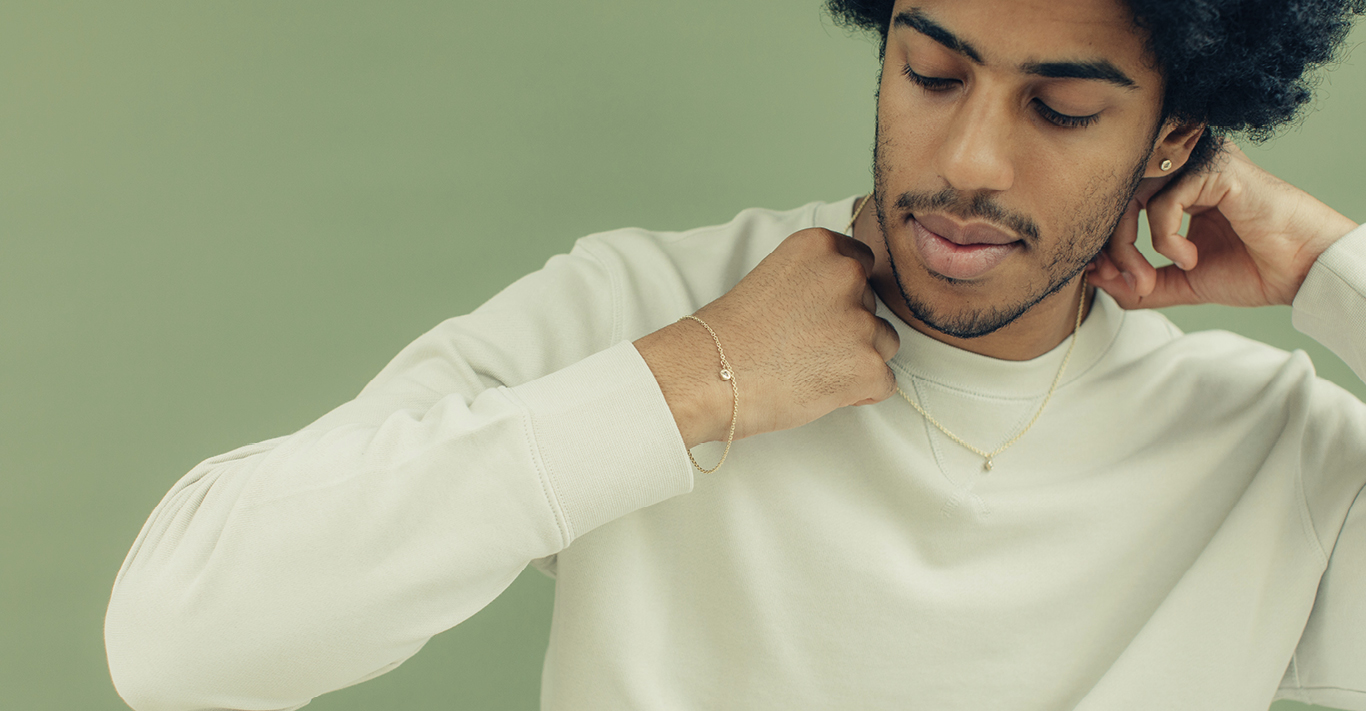WORDS
Josh Sims
‘We started with cufflinks, which is a bit odd, as neither me nor my husband are really cufflink wearers,’ chuckles Alice Walsh. ‘What did appeal is that, among men’s jewellery, cufflinks actually do something, so I think that answered the needs of my product design mind. That, and the fact that nobody had done anything new in the cufflink space for such a long time.’
The same, indeed, might be said of men’s jewellery in general – a tricky market that, as Walsh, the designer and co-founder behind London-based Alice Made This, puts it ‘leans towards designer brand extensions, bling or kitsch, with not much in between.’ Small wonder, given this, that so many men fight shy of wearing anything more than a wedding band or the ubiquitous bit of colourful wrist rope.
But then a decade ago Walsh came at men’s jewellery with a high-spec, high-tech approach more fitted to advanced specialist engineering and manufacturing – and as befitted her training in 3D product design, following years at a time working for Habitat, the designer Tom Dixon and then an agency that designed for the likes of Panasonic, British Airways and Mars.

A desire to further explore her fascination with how things are made – ‘and the disappointment I feel that often people don’t see the bigger picture of how things are made’ – saw her go it alone with plans for her own furniture line. That was before the need for a considerable upfront outlay, not to mention warehousing, saw Walsh refocusing on a smaller scale. Enter, then, her deceptively simple, graphically direct rings, bracelets, necklaces and, yes, the occasional cufflink – made in conjunction with experts in knurling, forging, casting and machining, along with makers of ceramic alloy parts for Formula One cars, and precision turners more used to working for the aerospace industry.
‘It’s funny because they work with tolerances down to the nano scale, but to them it just doesn’t matter if a part they make has a hairline scratch on it, and I’m the opposite, so there’s a meeting of minds,’ says Walsh. ‘In fact, we were very nervous about using the word “craft” because that had started to sound a bit, well, “Etsy”. Ridiculously, we even hesitated to call Alice Made This a jewellery brand because to us it was all about it being engineered as much as it was being artisanal, and the idea of engineering doesn’t typically fit with jewellery. For us it was about manufacturing – but that doesn’t mean it’s easy, as many people seem to think manufacturing is.’
That kind of industrial backstory has no doubt played a part in tempting men towards wearing Walsh’s jewellery where no temptation towards such ornamentation has been before. ‘It’s also why I struggled a bit when we launched women’s jewellery too [in 2018] because – while it’s a stereotype and of course there are exceptions – my obsession with the technical side may be intriguing to men, but most women are more flippant customers. They’re more interested if a celebrity has worn a piece on the red carpet.’

It’s why she’s also, to date, been hesitant to work with gemstones, though has recently partnered with the Cornwall-based Ocean Diamonds, a specialist in marine diamonds founded by former shipping engineer Robert Goodden, “mined” by divers from the seabed off the Namibian and South African coast. The diamonds are set into water cast gold, ensuring no waste and giving each piece a unique form.
That’s something of a departure for Walsh, whose jewellery is more usually within the rigorously purist design tradition of Bauhaus, or even that of Brutalism – and the bluntness, roughness and heaviness of that often controversial school of architecture is hardly what one typically expects from jewellery, a design field that tends to favour the delicate and the dainty. Indeed, as keen as ever not to embellish for its own sake – and to avoid anything ostentatiously glitzy – Walsh even leaves the diamonds she uses raw too, ‘not least because so much diamond material is lost when it’s cut,’ she laughs. ‘You get so much more diamond for your money our way.’




